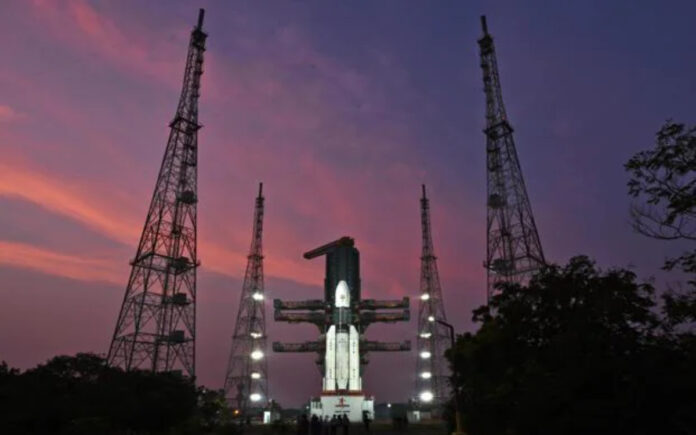New Delhi/New York: US-based company Vast, which is working towards launching the world’s first commercial space station next year, has expressed strong interest in utilizing Indian rockets for crew transportation to its orbital facility. Max Hoat, the CEO of Vast, met with the leadership team of the Indian Space Research Organisation (ISRO) during the Global Space Exploration Conference to explore potential collaborations in space technology.
Vast is vying to establish a space station that will succeed the International Space Station, which is set to retire by 2031. The California-based company plans to launch Haven-1, a single-module space station, aboard a SpaceX Falcon 9 rocket in May 2026.
“Right now, we are on track with our launch for May 2026,” Hoat told PTI in an interview.
Before launching astronauts to the orbital laboratory by July next year, Vast intends to conduct a series of tests on the space station. The first module of Haven-2, a much larger space station, is slated for launch in 2028.
Hoat has shown great enthusiasm for India’s Gaganyaan mission, which aims to carry out a human spaceflight by early 2027, and is particularly keen on hosting scientific payloads from India on the space station.
“We are interested in flying payloads in science from India. The other interest we have is the possibility of using Gaganyaan rockets as a transport service for our space station,” he said.
India’s heavy-lift GSLV Mk III rocket, set to launch the Gaganyaan mission to low Earth orbit by 2027, has already been used for commercial missions, including the deployment of OneWeb satellites.
In 2023, the National Aeronautics and Space Administration (NASA) signed a five-year, unfunded Space Act Agreement (SAA) with Vast to help the company in its “concept maturation and eventual implementation of space station modules.”
The Haven-1 spacecraft is designed to support up to four crew members for missions of approximately two weeks. The station’s 45-cubic-meter volume includes four crew quarters, mid-deck lockers for science modules, a common area with a deployable table, and multiple crew interfaces.
“Right now, we are solely focused on the SpaceX offering, but we are interested to hear whether there will be a competitive, reliable, safe option that we can use to bring our customers using the Gaganyaan vehicle to our space station,” Hoat said.
As India looks to establish its own space station, Vast is open to potential collaboration with ISRO regarding the use of its Haven facilities.
Also Read | IT Glitch Disrupts Operations at London Stansted Airport, Delays Flights and Strands Passengers
“Space is one of the most amazing collaborative fields in the world. And so, we are extremely open to ideas. Some of the ideas that were being discussed is, you know, maybe we can offer access to our space station but also get access to that (India’s) space station and share capacity or share size,” Hoat explained.
“We definitely see a lot of opportunities if, obviously, India and ISRO welcome us to collaborate, especially as our two countries are politically very friendly,” he added.
Also Read | India, Pakistan Observe Uneasy Truce as Trump Vows to Work on Kashmir Solution
Hoat also noted that Russia and China, the other two human-spaceflight-capable nations, are not aligned with current US political dynamics. This creates a unique opportunity for collaboration between the US and India.
“So that creates a unique situation where we might have two human spaceflight-capable countries that can work together,” he said.



